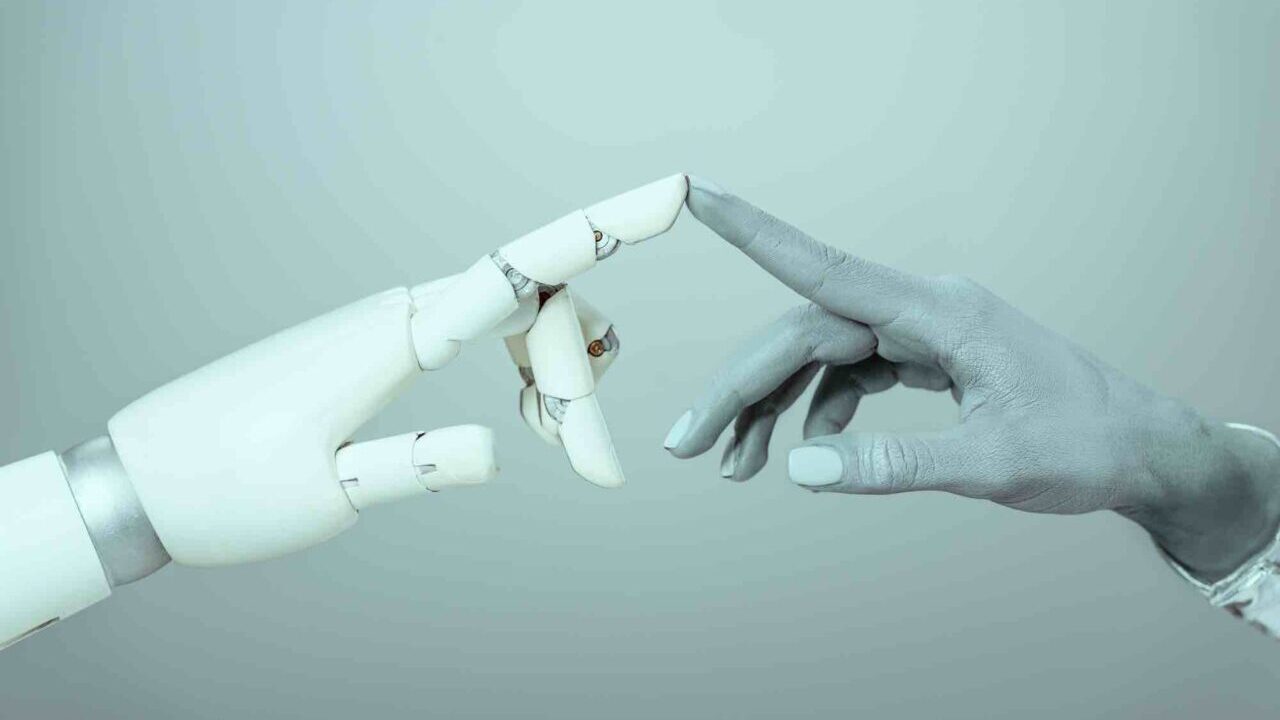There is no doubt: 2023 has begun under the banner of artificial intelligence (AI). On the one hand we have i chatbotChatGPT above all, while on the other the cyberpunk image par excellence: humanoid robots. The three emerging realities in this field are definitely OpenAI (owner of ChatGPT), Figurea US startup that is currently working on its humanoid robot called Figure 1, and the already known Boston Dynamics.
If we were in the space race of the 60s – and we are a bit – these would be the three superpowers.
OpenAI, Figure and Boston Dynamics: how are they moving?
OpenAI has announced that it has invested in 1X Technologiesa Norwegian company that is developing a humanoid robot called Neo. The droid was designed with one purpose: to become a versatile and adaptable worker, capable of learning new skills thanks to the OpenAI AI. The robot is expected to be launched in the coming months and, according to reports from newatlas.com, could cost up to 25 million dollars.
Figure, by itself, is working on the aforementioned Figure 1. This robot will have an expressive face (yes, it will be able to replicate facial expressions) and a slim and agile body. Figure has received the backing of various investors, including the co-founder of Google Sergey Brin and the billionaire Peter Thiel. The robot is still under development and a market release date has not been confirmed at this time.
The situation is different for Boston Dynamics, which is currently among the most popular humanoid robot manufacturing companies. Just think of Atlas, the real droid pop-star. However Marc Raibertfounder of Boston Dynamics, has made it known that he is not interested in the mass market at the moment.
We can therefore venture, at least for the time being, to remove Boston Dynamics from the equation.
A future of AI robots is scary
OpenAI and Figure are therefore part of a sort of global race to create robots capable of replacing man in both physical and intellectual jobs. The underlying model is simple: use the AI as the brain and the robot as the body. Not too different from humans, in fact. And not too different from the science fiction films we have known, loved and, let’s face it, which have always worried us a little. After all, the ending was usually always the same: the robots rebel and wage war on humanity. But don’t worry, it’s not the time to panic yet (yet).
Back down to earth, a future of AI humanoid robots would allow droids to communicate with humans smoothly and believably. Not only: machine learning will progressively improve with each interactionas AI tends to refine its conversational and learning models. Do you know the social algorithms that record what interests us to offer us similar content? The mechanism is the samebut on a much larger scale.
Impossible at this point not to ask Dickian questions. Will AI robots raise ethical questions? Will they ever be able to gain self-awareness by raising issues about their identity and role? Sure, these questions are creepy, but they’re about the world we’re building.















Leave a Reply
View Comments